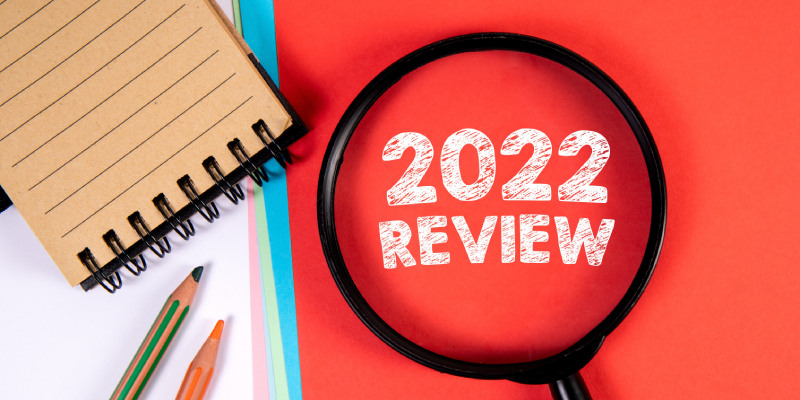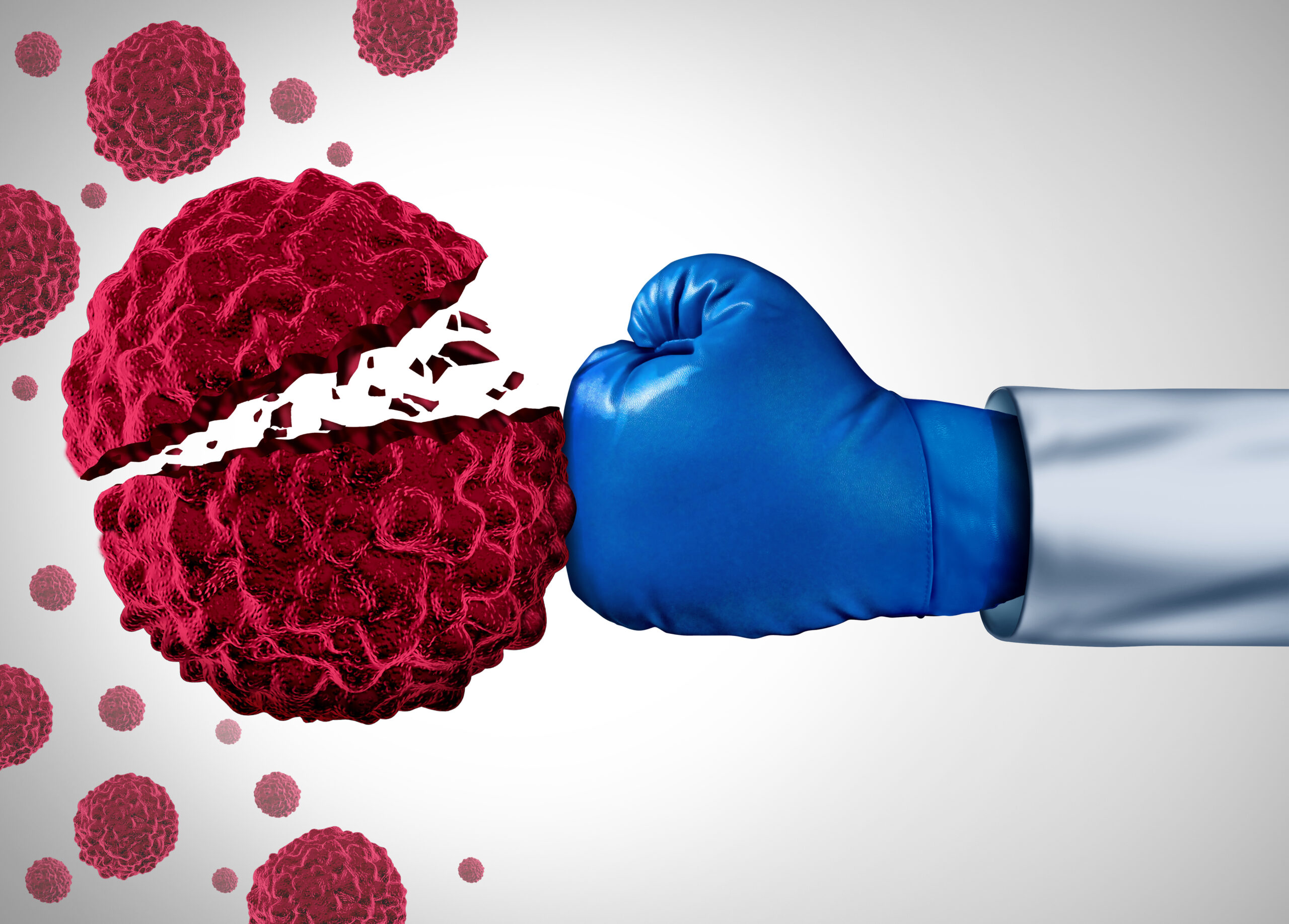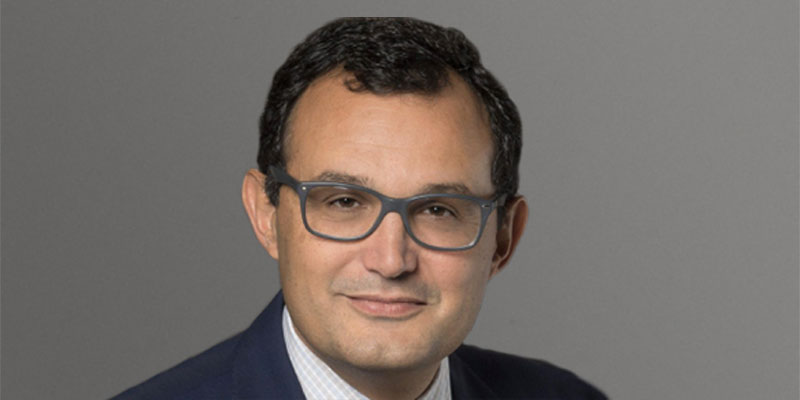
As 2022 came to a close, the Blood Cancers Today Editorial Board shared their highlights from the year and their hopes for the future.
Top Highlights in AML and ALL
By Elias Jabbour, MD, Associate Editor
MD Anderson Cancer Center
This year has witnessed many developments in acute leukemias. In acute myeloid leukemia (AML), the classification and prognostication of AML will help us tailor therapy a la carte or individualize therapy based on each patient’s baseline features and then predict the outcomes. Furthermore, novel targeted therapies, such as menin inhibitors, are being tested. Other highlights include approved targeted combination therapies for these patients and attempts to address unmet needs for tough-to-treat disease such as TP53 and inversion 3.
We are witnessing an evolution in the treatment of acute lymphoblastic leukemia (ALL), where the integration of immunotherapy into the frontline approach may improve patient outcomes. Other highlights include chemotherapy-free regimens in Philadelphia chromosome-positive ALL, which are practice-changing, and new tools to assess minimal residual disease (MRD) and to tailor therapies in ALL according to MRD status. Additionally, we’ve seen developments in how to integrate and sequence immunotherapies in relapsed/refractory ALL.
Ending the Year with Amazing Possibilities for Patients with Myeloma
By Thomas Martin, MD, Associate Editor
University of California, San Francisco
Helen Diller Family Comprehensive Cancer Center
One of the best highlights so far this year has been the result of the midterm elections. I have more faith in our country and our people now that it seems as though we have all grown tired of the divisive and unnecessary rhetoric of denying election results and limiting people’s choices and freedoms. Hopefully, we can all move forward and become a unified country.
In the cancer world, and specifically with myeloma, we’ve had an amazing two years, which ended in 2022 with the US Food and Drug Administration approval of our first bispecific T-cell engaging antibody—teclistamab. We have now seen amazing responses with chimeric antigen receptor T-cell therapy (overall response rates [ORR], 80%-98%, and teclistamab, ORR, 63%), and these therapies will hopefully prolong the survival of patients who have run out of options. The next five years require us to show that these agents should be used as part of frontline therapy as well as early relapse and perhaps may be able to cure some patients. We end the year with those amazing possibilities.
The Evolving Classification of Lymphoma
By Laurie Sehn, MD, MPH, Associate Editor
BC Cancer Centre for Lymphoid Cancer
This year, the World Health Organization updated its Classification of Haematolymphoid Tumours, and a separate International Consensus Classification of Mature Lymphoid Neoplasms emerged. While the two lymphoid classifications were largely similar, there were relevant differences in several entities, as well as the process undertaken. As biological insight expands, ongoing refinement of the lymphoid classification will be necessary. Moving forward, a unified process will be preferable, to accurately diagnose patients and to propel targeted and precision therapy.
MyeloMATCH, Trainable Pigeons, and Other Personal Highlights From 2022
By Jerry Radich, MD, Associate Editor
Fred Hutchinson Cancer Center
We at Blood Cancers Today have been asked to pen our yearly “highlights.” Given no further directives, I am taking the liberty to broaden the range of topics and, stealing from David Letterman, have below formulated my own “Top 10” list for 2022. However, given that I’m not as clever or smart as Mr. Letterman, and I would like to protect Blood Cancers Today from copyright issues, I offer my variation, the “Great Eight” list.
1. We survived the midterm elections. There was quite a bit of authentic dread weighing on my friends and colleagues leading up to it. Indeed, about a week before November 8, I had a serious conversation with a sage colleague about where it would be best to move if all hell broke loose. It looks like we’ve avoided that difficult decision, but nonetheless, you might want to keep your passport handy.
2. Neil Young sang, “Rust never sleeps.” Neither, apparently, do metastases. In a mind-blowing paper, “The metastatic spread of breast cancer accelerates during sleep,” Diamantopoulou et al show in mouse and human breast cancer that the spontaneous generation of circulating tumor cells with metastatic potential do not occur continuously but are concentrated during sleep.1 This appears to be mediated by upregulation of mitotic genes exclusively during the rest phase. This has obvious implications in disease monitoring and treatment. Note to self: Test this in patients with hematologic malignancies ASAP.
3. When I attend on the transplant service, I often give five- to 10-minute mini-lectures before rounds. On Fridays, we do trivia or odd topics. Recently, I happened upon this paper, “Pigeons (Columba livia) as trainable observers of pathology and radiology breast cancer images.”2 Yes, you read that right. Pigeons were trained to distinguish benign from malignant human breast histopathology and could identify microcalcification on mammogram images. In distinguishing histopathology images, individual pigeons performed “above chance levels,” with an area under the curve (AUC) from 0.73 to 0.85, and by “flock-sourcing” (consensus scoring of multiple birds), the AUC was 0.99! One can only imagine what will happen once insurance providers get wind of this study. And if you need a good laugh, check out the image below from the publication.

4. The best book (non-baseball category, see below) I read all year was The Lincoln Highway by Amor Towles. The book is a fantastic tale of a road trip of misadventures and misdirection, featuring a gallery of memorable characters and rogues. The author has thus pulled off the amazing hat trick of Rules of Civility, A Gentleman in Moscow, and The Lincoln Highway as his first three novels. This guy can flat out write.
5. In 2002 singer-songwriter Warren Zevon was diagnosed with metastatic lung cancer. On his last special appearance on the David Letterman show, Mr. Zevon was asked, given his abrupt visitation of his mortality, if he had any advice for the rest of us. Mr. Zevon replied, “Enjoy every sandwich.” To face down mortality, I recommend a BLT. This year I had the best BLT of my life, shared at brunch with my family. I am not sure what set it apart—the company, the toasted fresh sourdough, tomatoes at the height of the season, or the spectacular Snake River Farms bacon. Mr. Zevon would be proud.
6. MyeloMATCH is almost done! For over two years, a large group of collaborators from the National Cancer Institute and the U.S. Intergroups have been working on the Myeloid Malignancies Molecular Analysis for Therapy Choice (“myeloMATCH”) precision medicine initiative. The idea is that newly diagnosed patients with acute myeloid leukemia or myelodysplastic syndromes will have rapid genetic testing (within three days) and then be placed on specific protocols that contain agents targeting their specific genetic lesions. This sounds deceptively straightforward, until you begin the process of engaging pharma to get new drugs, develop a network of testing sites, engineer informatic pipelines to take genetic information, and process into treatment assignment algorithms, etc. However, the first protocols should be coming online soon (hopefully quarter one in 2023). Stay tuned, and get ready to enroll!
7. The Baseball 100. For baseball junkies, it’s hard to describe how immersive and utterly fun this book reads. Author Joe Posnanski gives four to five pages of character studies on his own ranking of the top 100 baseball players of all time, including many of Negro league fame. For even a diehard baseball fan, these are names well known, but stories unknown. I thank my friend Tim Ley for turning me on to these 827 pages of joy. I could have gladly gone for 827 pages more.
8. The return of (semi) normalcy. After getting back into traveling and meetings after two years of limiting my longest trips to the morning commute to work, some clear pros and cons have emerged. Pro: It is great to see friends and colleagues again. It’s these relationships that make my academic life so darn fun. Con: Travel is essentially a stress amplifier, and I didn’t realize how much it wore me out until I was grounded during the pandemic. Airports are crowded, culture dishes for all order of infectious agents, and generally gross (does anyone ever clean those carpets?). And planes are mostly efficient producers of global warming and bad manners. One of the more interesting cultural and educational experiments will be the optimization of in-person and virtual meetings, measuring efficiencies in transferring information, and the effects on personal and planetary health.
See you next year.
References
- Diamantopoulou Z, Castro-Giner F, Schwab FD, et al. The metastatic spread of breast cancer accelerates during sleep. Nature. 2022;607(7917):156-162.
- Levenson RM, Krupinski EA, Navarro VM, Wasserman EA. Pigeons (Columba livia) as trainable observers of pathology and radiology breast cancer images. PLoS One. 2015;10(11). doi:10.1371/journal.pone.0141357






 © 2025 Mashup Media, LLC, a Formedics Property. All Rights Reserved.
© 2025 Mashup Media, LLC, a Formedics Property. All Rights Reserved.